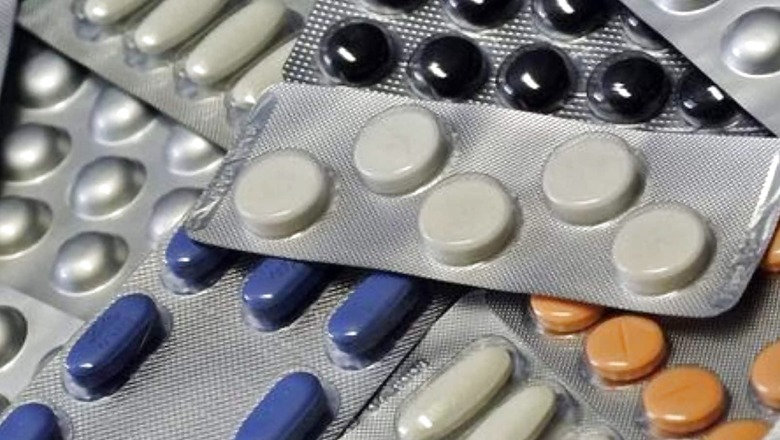
views
The costliest medicines have the highest trade margins, especially the ones where the price per tablet is above Rs 100, shows the analysis by drug price watchdog National Pharmaceutical Pricing Authority (NPPA).
The regulator on Friday met the representatives of big pharma companies to discuss the way forward to rationalise the traders’ margins on non-scheduled medicines.
While non-scheduled medicines do not fall under the price control mechanism of the government, the trade margin rationalisation (TMR) is a mode of price regulation by way of capping trade margins in the supply chain.
Trade margins are the difference between the price to trade for manufacturers and price to patients as the Maximum Retail Price (MRP).
MARGIN, PRICE PROPORTIONAL
According to the presentation on TMR analysis shown by the regulator to the industry stakeholders accessed by News18.com, a trader’s margin moves higher with the price of a tablet.
For instance, if a tablet is priced up to Rs 2, in majority of the brands, the margin is up to 50%; whereas if its cost is between Rs 15 and Rs 25, the margin is less than 40%.
At least 2.97% of the medicines in the Rs 50-100 per tablet category have trade margins between 50% and 100%, 1.25% in the category have margins between 100% and 200%, and 2.41% have margins between 200% and 500%.
As per NPPA’s presentation, in case of medicines priced above Rs 100 per tablet, considered the costliest category, 8% have margins around 200% to 500%, 2.7% have margins around 500-1000% and 1.48% have more than 1000% margins.
NEED TO CURTAIL MARGINS
The presentation shows that the annual turnover of non-scheduled drugs in India is more than 1.37 lakh crore, which is around 81% of the annual turnover of India’s pharma market, so the need to curtain the margin is even higher.
“We discussed the implementation approach and calculation methodology with the industry. Pharma companies agreed that TMR is a good move and a balanced approach will reduce the prices of drugs substantially,” a government official, who was part of the meeting, told News18.com.
“The suggestions given by the industry will be taken into account before making further moves on rationalising the TMR.”
In 2018-19, the NPPA had put a cap on trade margins of 42 select non-scheduled anti-cancer medicines. Union Health Minister Mansukh Mandaviya in Lok Sabha had said the move resulted in reduction of up to 90% of the MRP of 526 brands of these medicines.
Moreover, this year, NPPA has extended the timeline for the trade margin capping of the five medical devices, which are essential during the Covid-19 pandemic period.
In February, it issued an order that capping on the trade margin of five medical devices — pulse oximeter, blood pressure monitoring machine, nebuliser, digital thermometer and glucometer — at 70% at the first point of sale to be extended to July 31, 2022, from the earlier period ending January 31, 2022.
Read all the Latest India News here











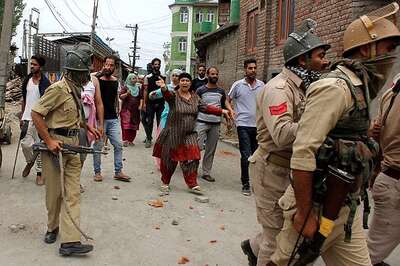
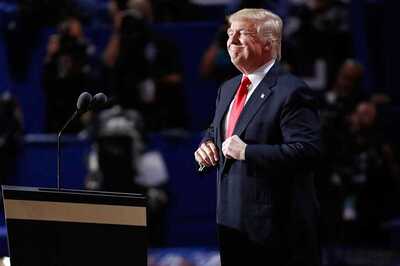
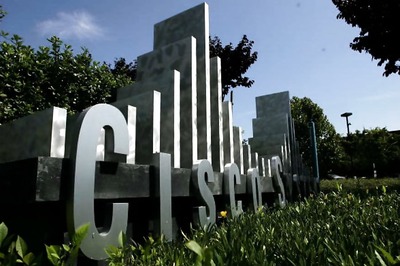
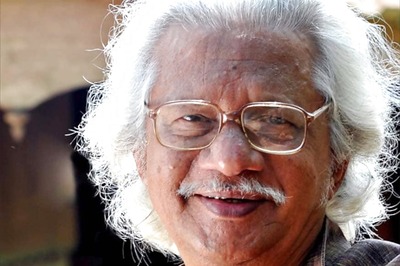

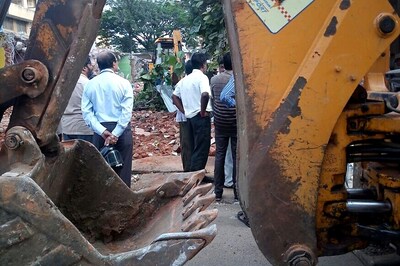
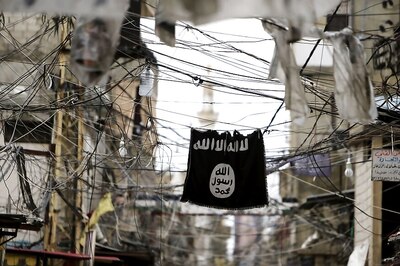


Comments
0 comment